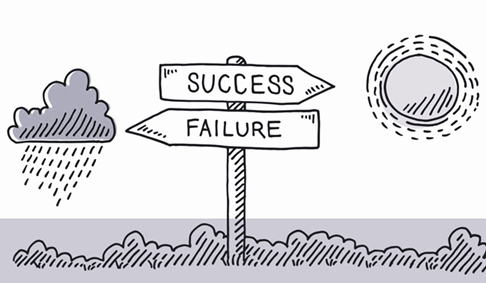In a world where the pursuit of happiness and fulfillment is increasingly prioritized, making money doing what you love has become more than just a dream—it’s a tangible goal for many. Whether you’re an artist, a writer, a fitness enthusiast, or have a unique skill or hobby, there are various ways to turn your passion into a profitable venture. This article explores ten tips to help you monetize your passion and embark on a fulfilling entrepreneurial journey.
Identify Your Niche:
Before diving into the world of monetization, it’s essential to identify your niche. What do you love to do? What unique skills or knowledge do you possess? Define your niche clearly, as this will be the foundation of your journey towards making money doing what you love.
Build an Online Presence:
In today’s digital age, having a solid online presence is crucial. Create a website or a blog to showcase your passion and expertise. Utilize social media platforms to connect with your audience and share your content regularly. Building a solid online presence will increase your visibility and attract potential customers or clients.
Create High-Quality Content:
Whether you’re a writer, artist, or any other creative professional, the quality of your content is paramount. Focus on creating valuable, engaging, original content that resonates with your target audience. This will attract more followers and establish you as an authority in your niche.
Offer Products or Services:
Consider turning your passion into products or services that others can benefit from. This could range from selling handmade crafts to offering online courses to providing consulting services. By monetizing your expertise, you not only generate income but also contribute value to others.
Collaborate and Network:
Collaboration and networking are powerful tools in the world of monetizing passion. Partner with other like-minded individuals, join relevant communities and attend events in your niche. Building a network can open up opportunities for collaborations, sponsorships, and exposure to a broader audience.
Utilize E-commerce Platforms:
If you sell physical products, consider leveraging e-commerce platforms to reach a broader audience. Platforms like Etsy, Shopify, or Amazon can provide a convenient and scalable way to sell your creations to a global market.
Monetize Your Expertise:
If your passion involves specialized knowledge or skills, consider monetizing your expertise through coaching, consulting, or speaking engagements. Offering personalized guidance or sharing your insights can attract clients willing to pay for your unique perspective.
Create a Membership or Subscription Model:
For recurring income, consider creating a membership or subscription model. This could involve providing exclusive content, early access to new products, or special perks to subscribers. A loyal community can significantly contribute to the sustainability of your passion project.
Attend Workshops and Training:
Investing in your skills and knowledge is crucial for long-term success. Attend workshops, take online courses, and stay updated on industry trends. Continuous learning enhances your expertise and keeps your offerings relevant in a competitive market.
Be Patient and Persistent:
Monetizing your passion is a journey that requires patience and persistence. Success may not come overnight, but you can build a sustainable income doing what you love with dedication and a strategic approach. Stay committed to your goals, adapt to changes, and celebrate small victories.
Conclusion:
Turning your passion into a source of income is achievable and immensely rewarding. By following these ten essential tips, you can embark on a journey to make money doing what you love. Remember, the road to success may have its challenges. Still, with passion, determination, and a well-executed plan, you can create a fulfilling and profitable venture.
Who we are: Funded.com is a platform that is A+ BBB accredited over 10+ years. Access our network of Angel Investors, Venture Capital or Lenders. Let us professionally write your Business Plan.











